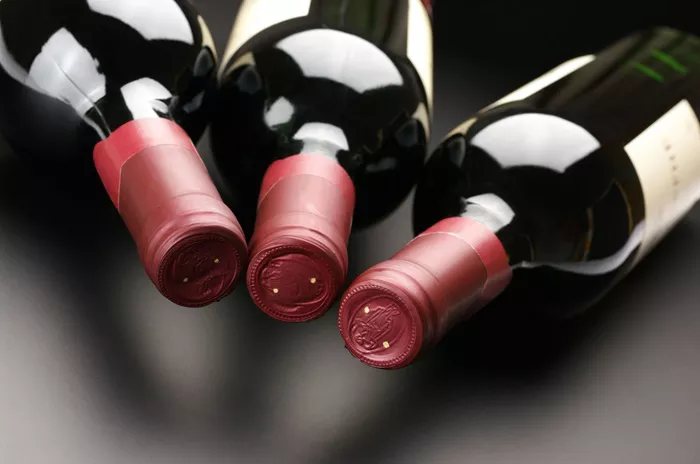As Rioja marks the 100th anniversary of its prestigious Denominación de Origen Calificada (DOCa) status in 2024, the celebrated Spanish wine region is embracing a notable shift in focus—toward white wine production. Traditionally renowned for its structured, age-worthy reds, Rioja is gaining recognition for the diversity and quality of its white wines, which are now emerging as a significant force in both domestic and international markets.
In recent years, white wine production in Rioja has undergone substantial growth. The area planted with white grape varieties has nearly doubled over the past two decades, now comprising nearly 10% of the region’s total vineyard area. By 2024, global sales of Rioja white wines are projected to surpass 36 million bottles, making Rioja the second-largest white wine-producing region in Spain.
This transformation reflects evolving consumer tastes and global market trends. Rioja winemakers have responded by crafting a range of white wine styles—from fresh, fruit-forward offerings to more complex, oak-aged expressions. Most entry-level Rioja whites are produced from Viura and Tempranillo Blanco grapes. These wines, often vinified in stainless steel at low temperatures, showcase bright citrus, floral, and green apple aromas. The cooler, higher-altitude subregions of Rioja Alta and Alaves are particularly suited to this style, preserving the wines’ natural acidity and freshness. These approachable wines are well-suited to pairing with seafood, light dishes, or casual enjoyment.
Simultaneously, the region has seen a rise in premium white wines aged in oak. These wines typically derive from older Viura vines, occasionally blended with Malvasía Riojana or Garnacha Blanca. As Viura vines mature, they develop complexity and structure, ideal for barrel aging. Some of these wines attain Reserva or Gran Reserva status, aging for several years in oak and bottle. Select plots in Rioja Alta and Alaves, with their limestone soils and cool nocturnal temperatures, produce standout examples. Techniques such as extended lees contact and oak maturation contribute to wines with rich textures and layered flavors, complementing refined dishes like game birds, veal, and aged cheeses.
A pivotal development occurred in 2008, when Rioja’s DOCa governing body approved six additional white grape varieties for use within the appellation. These included three indigenous varieties alongside three international ones—Sauvignon Blanc, Chardonnay, and Verdejo—expanding stylistic possibilities across Rioja Alta, Alaves, and Oriental subregions.
Despite the introduction of new grapes, Viura (Macabeo) remains the dominant variety, valued for its adaptability in producing both fresh and aged wines. Tempranillo Blanco, a natural mutation of the red Tempranillo discovered in 1988, is praised for its vibrant citrus notes and acidity. Malvasía Riojana, though less common due to low yields and disease sensitivity, adds aromatic depth. Maturana Blanca, the oldest recorded Rioja white grape, contributes fresh, Atlantic-style wines. Garnacha Blanca and Turruntés further diversify the region’s offerings.
While blending continues to play a significant role in Rioja winemaking, a new generation of vintners is increasingly exploring single-varietal expressions and terroir-driven bottlings. Notably, white wines now represent approximately 20% of the region’s “Viñedos Singulares”—a designation for single-vineyard wines that highlight Rioja’s varied soils and microclimates.
Geography is a defining factor in Rioja’s white wine renaissance. Shielded by the Cantabrian Mountains and influenced by both Atlantic and Mediterranean climates, northern Rioja benefits from a mild growing season. The region’s northwestern zone, near the Bay of Biscay, stands out as one of Spain’s most prominent cool-climate viticultural areas. Vineyards along the north bank of the Ebro River, some of the northernmost in the Iberian Peninsula, contribute to the freshness and balance of the wines.
In celebration of its centennial as a DOCa, Rioja is hosting global events and tastings aimed at industry professionals and consumers alike. These commemorations underscore a century of winemaking excellence and spotlight Rioja’s evolution—honoring tradition while embracing innovation to secure its place at the forefront of both red and white Spanish wine production.
You Might Be Interested In:


